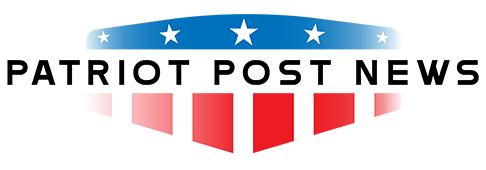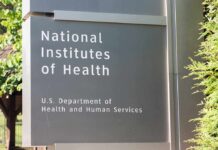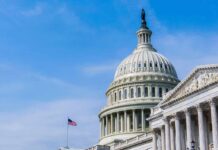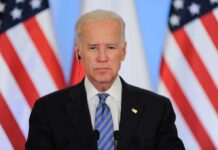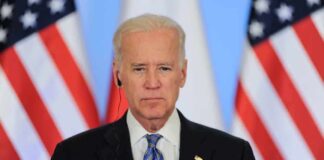
As whooping cough cases surge across the United States, understanding the vital role of vaccination in combating this preventable disease has never been more crucial.
Key Insights
- Whooping cough is a highly contagious respiratory infection with cases rising in the U.S.
- Vaccination remains the most effective protection against the disease.
- Pertussis poses a severe risk to children and the elderly, emphasizing the need for vaccination.
- Increased vaccine hesitancy is contributing to the resurgence of whooping cough cases.
- Public health strategies and vaccination awareness are essential to prevent outbreaks.
Understanding Whooping Cough
Whooping cough, also known as pertussis, is a serious bacterial infection affecting the respiratory system. Characterized by violent coughing fits and a possible “whoop” sound when inhaling, the disease is highly contagious. Recent trends indicate a worrying rise in cases, with reports from Vermont and New Hampshire highlighting a sharp increase compared to previous years.
Before the COVID-19 pandemic, over 10,000 cases were reported annually in the U.S. Protective measures such as masking and remote learning caused a temporary decline in cases during the pandemic. However, the decreased vaccination rates, partly fueled by misinformation and vaccine skepticism, have paralleled an uptick in pertussis cases. According to the CDC, infection rates are returning to pre-pandemic levels, creating concerns among health experts.
Vaccine Hesitancy and Its Impacts
Vaccine hesitancy is a growing issue exacerbating the spread of whooping cough. Former FDA commissioner Scott Gottlieb and others underscore the link between increased hesitancy and the climbing numbers of pertussis cases. This reluctance is largely attributed to misinformation about vaccine safety and its purported links to conditions like autism. Addressing this misinformation and emphasizing vaccine importance are crucial steps in managing public health.
The pertussis vaccine, introduced in the 1940s, drastically reduced disease cases and remains the best defense against whooping cough. Historical data confirms a significant decrease in cases post-vaccination introduction. Children without vaccinations and infants whose mothers did not receive the Tdap vaccine are most vulnerable, with risks of serious complications and even death. Moreover, the elderly face threats of severe illness from pertussis.
Whooping cough cases skyrocket across US as measles concerns surge https://t.co/jcz15P9QOz pic.twitter.com/yRLz5myhgd
— The Independent (@Independent) April 15, 2025
Enhancing Public Health Strategies
Increasing awareness about vaccination benefits and the dangers of whooping cough is vital. Pregnant individuals are advised to receive a TDaP booster during each pregnancy, ensuring newborns are born with protective antibodies. Communities should prioritize staying up-to-date with immunizations, especially in light of data suggesting that immunity wanes over time.
As whooping cough cases have surged by over 1,500% since 2021, robust public health responses are needed. Schools and organizations must ensure timely notification of potential exposures, while local and national health services work to combat misinformation. These efforts, coupled with the dutiful practice of recommended preventative measures, will help control whooping cough’s spread and protect vulnerable populations.
Sources:
- Whooping Cough Cases Increase: Why and What To Do About It | News & Stories | DHMC and Clinics
- Why Are Whooping Cough Cases Rising? What to Know and How to Avoid It | Children’s Hospital of Philadelphia
- “Not Just Measles”: Whooping Cough Cases Are Soaring as Vaccine Rates Decline
